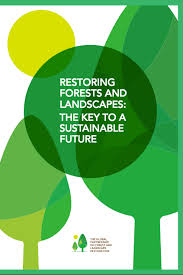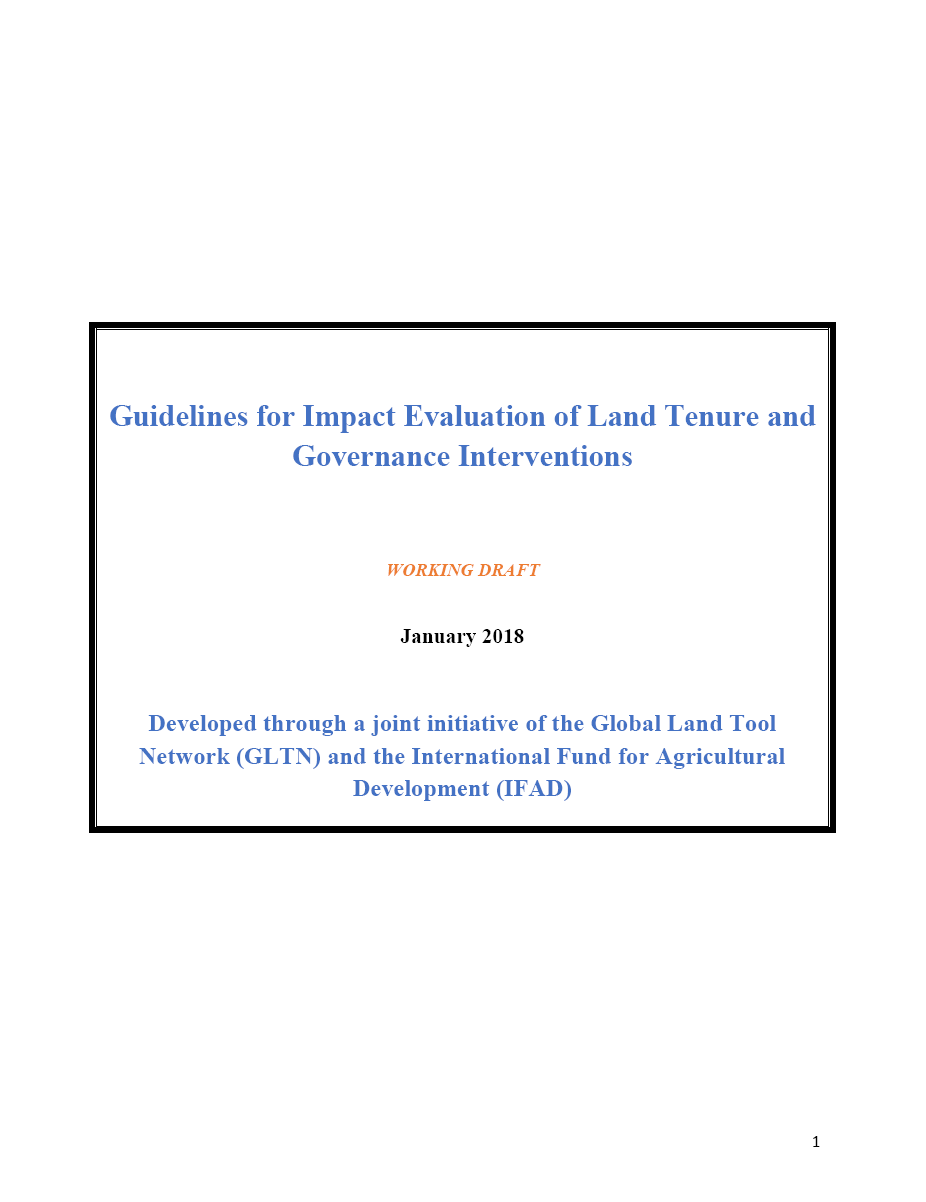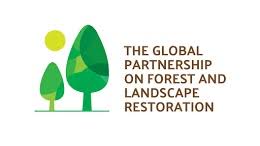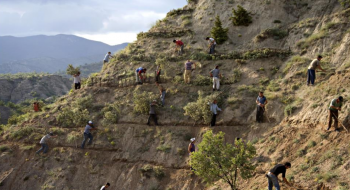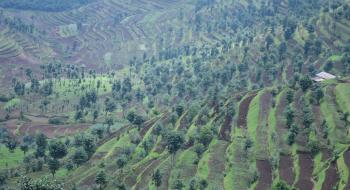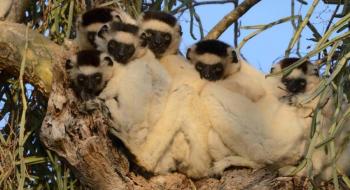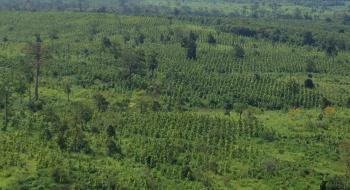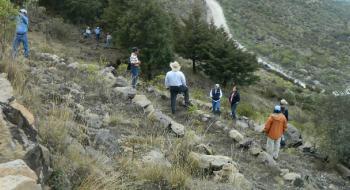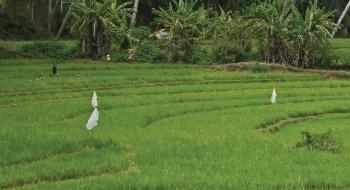RESTORING FORESTS AND LANDSCAPES: THE KEY TO A SUSTAINABLE FUTURE
This publication provides facts, figures and key messages to encourage more investments in forest and landscape restoration, leading to more restoration action. The Global Partnership on Forest and Landscape Restoration outlines how we can reach the 2020 and 2030 targets, and how we can best collaborate, using regional and global platforms.

